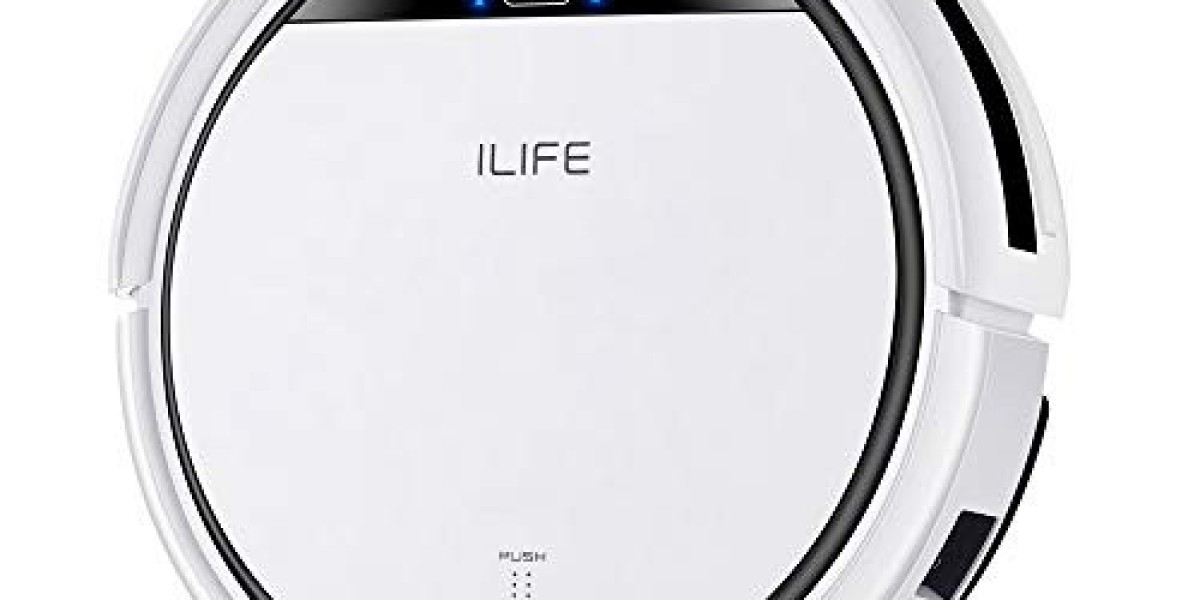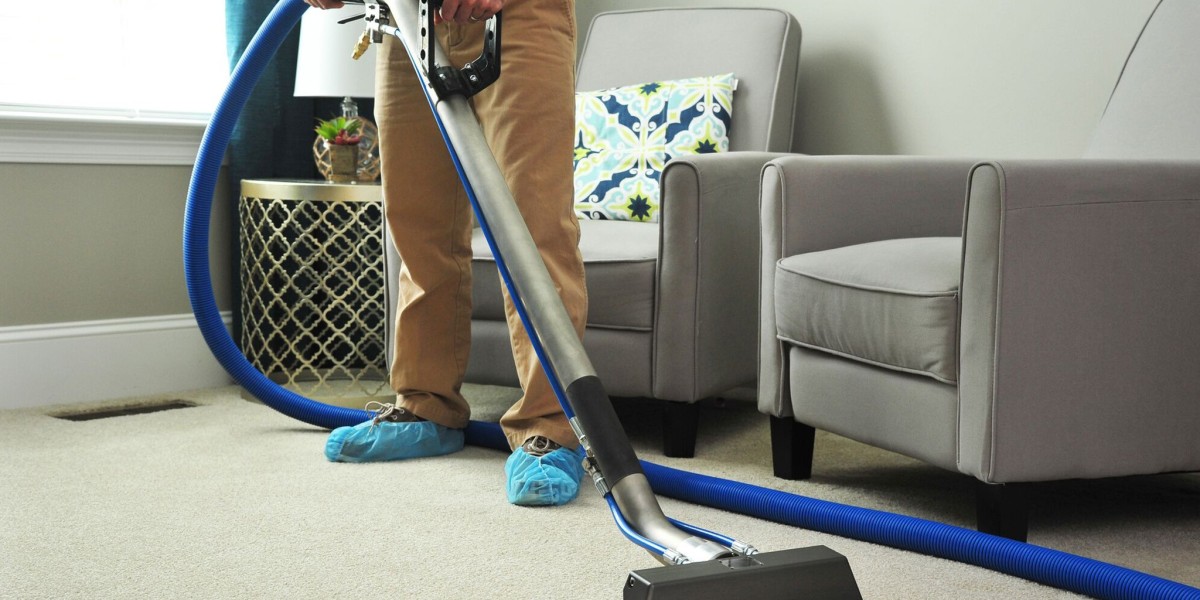Keeping windows spotless and streak-free is a time-consuming and sometimes risky task, especially in tall buildings or hard-to-reach areas. Traditional window cleaning can involve ladders, extension poles, and hours of manual labor. However, with the emergence of robotic window cleaners, this tedious chore is becoming easier, safer, and more efficient. These compact, high-tech devices are transforming how homeowners and businesses approach window maintenance by automating one of the most challenging cleaning tasks.
What Are Robotic Window Cleaners?
Robotic window cleaners are autonomous or semi-autonomous machines designed to clean glass surfaces using suction motors, cleaning pads, and intelligent navigation systems. They work similarly to robot vacuums but are designed to operate on vertical surfaces like windows, mirrors, and glass doors. Once attached to a window, they use strong suction to stay in place and move across the surface in pre-programmed or AI-guided paths, removing dirt, dust, and smudges.
Most robotic window cleaners come with microfiber pads, water or cleaning solution reservoirs, edge detection sensors, and remote control or smartphone connectivity. Some advanced models also feature AI-powered route planning, auto-resume functionality after a power failure, and voice assistant compatibility.
Key Benefits of Robotic Window Cleaners
1. Safety and Accessibility
One of the biggest advantages of robotic window cleaners is that they eliminate the need to climb ladders or lean out of windows, especially in multi-story buildings or large glass structures. This makes them particularly valuable for elderly users, people with mobility issues, or anyone concerned with safety while cleaning hard-to-reach windows.
2. Time-Saving and Convenient
With the press of a button, a robotic cleaner can handle an otherwise time-intensive task. It allows users to focus on other responsibilities while the machine does the work. Many models can be programmed to clean on a schedule, and some even return to their starting point when finished or if they lose suction, adding to their convenience.
3. Consistent Cleaning Performance
Robotic cleaners often deliver more uniform and streak-free results compared to manual cleaning. Their systematic movement patterns ensure full coverage and even pressure across the window, reducing the risk of missed spots or smears. Some models even adjust pressure or speed based on the level of dirt detected.
4. Versatility
While primarily designed for glass windows, many robotic cleaners also work on other flat surfaces such as glass doors, tiled walls, mirrors, or even solar panels. This versatility increases their value and usefulness throughout the home or office.
Limitations and Challenges
Despite their many advantages, robotic window cleaners are not without drawbacks.
1. Limited to Flat, Framed Surfaces
Most robotic window cleaners need a flat and framed surface to operate effectively. Frameless glass or curved windows can pose challenges for suction and navigation. Although robot window cleaner some premium models can handle frameless designs using edge detection, they still may struggle with unusually shaped surfaces.
2. Initial Cost
High-quality robotic window cleaners can be expensive, with top-tier models ranging from $300 to $600 or more. While this can be a worthwhile investment over time—especially for large homes or commercial spaces—it may be a barrier for budget-conscious consumers.
3. Power and Backup Concerns
Many robotic window cleaners require a constant power connection to function. If unplugged or if there is a power outage, the machine could lose suction and fall unless it includes a battery backup. Models with built-in safety ropes or emergency power systems provide added peace of mind.
4. Cleaning Corners and Edges
Some robotic cleaners have difficulty reaching window corners or cleaning right up to the edge of frames. Manual touch-ups may still be needed in certain areas after the robot finishes its cycle.
Popular Robotic Window Cleaner Brands
Several companies are leading the robotic window cleaner market, offering a range of models for both residential and commercial use. Brands such as Hobot, Ecovacs, Gladwell, and Mamibot produce well-reviewed models with features like:
AI-powered pathfinding
Multiple cleaning modes (dry, wet, intensive)
App or remote control
Safety ropes and anti-fall systems
Silent operation for indoor use
For example, the Hobot 2S and Hobot 388 are popular models with ultrasonic water spray technology and dual cleaning wheels, allowing efficient and effective cleaning across glass surfaces.
The Future of Robotic Window Cleaning
As with many smart home technologies, robotic window cleaners are poised to become more advanced and accessible in the near future. Innovations like stronger battery life, wireless operation, improved edge detection, and AI-enhanced dirt recognition will likely become standard. We may even see integration with home automation systems where the robot starts cleaning based on weather conditions or air quality sensors.
Eco-friendly features are also gaining attention, such as reusable cleaning pads, water-saving spray systems, and biodegradable cleaning agents designed to work with these devices.
Conclusion
Robotic window cleaners represent a significant leap forward in household and commercial cleaning technology. While they may not completely replace manual cleaning in every situation, they provide a safe, efficient, and high-tech alternative for regular maintenance of windows and other glass surfaces. As technology continues to evolve, these devices will become even more capable, making window cleaning a task of the past.



